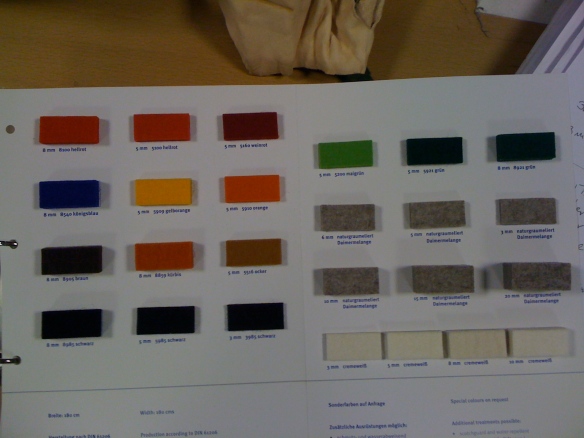First delve into research available in the Library and online…

Reading through “Mass Customization and Footwear: Myth, Salvation or Reality?” by Claudio R. Boer and Sergio Dulio. All very technical and intense for a visual person like me! This is a long term study and applied research testing mass customization systems in footwear focus being on European factories. Reason being most production is now in Far East where labour cost are low therefore solutions need to be addressed in premium factories which tend to be in Europe and other western countries. The thing is almost 80% of production is in Far East but when we look at GNP or profits European (mainly Italy) jumps up to at the time of publishing in 2007 second place.
So in my opinion, by using technology to produce a better product with more customer appeal we can give market appeal to “vernacular” or even more local production and design. That is what I am interested in!
Most of the test cases are sports or performance footwear customizing performance features and graphics mostly such as Reebok custom, Converse, Timberlands but also Steve Madden.
The Project and book divides customization into…
a. Soft customization – match to order, locate to order, bundle to order
b. Hard customization – assemble to order
c. Development to order – in which the customer co-designs
On a practical level, style/aesthetics are easier to put into practice followed by function/performance with fit and comfort being the more complex.
One of the more successful companies is Nikeid where you can customize colours and some finishes
http://store.nike.com/gb/en_gb/
And on the other end of the spectrum is Lodger in London providing a bespoke fit using digital scanners and softwear

Lodger - bespoke customer foot scanner

Lodger - 3D image of scanned customer foot overlaid with last to achieve bespoke fit.
www.lodgerfootwear.com/experience/custom_service/custom_fit/

Finnish based footwear company - LeftFoot
I find it interesting such bespoke classic design footwear companies are using such high tech systems. I also find it interesting if there are bespoke woman’s footwear using the same digital scanning systems.
The interesting information on Left foot’s website is how the company educates the customer on the way footwear last have evolved and why a scanning is valuable.
“Today’s technology does not guarantee perfect fit Originally, shoemakers crafted shoes for customers, as and when required, using lasts that had been manufactured according to the customer’s foot measurements. Industrialisation brought mass production in which lasts were manufactured in sizes corresponding to various number systems. No exhaustive standards were created for shoemaking with the result that numbering varies form one manufacturer to next, and the ‘size’ only refers to the length of the foot.”
https://shop.leftfootcompany.com/2007/Company.aspx
 It is expected that the use of renewable raw materials can give a substantial impulse for a sustainable society. Natural Fiber Composites can provide an alternative for increasingly scarce raw materials.
It is expected that the use of renewable raw materials can give a substantial impulse for a sustainable society. Natural Fiber Composites can provide an alternative for increasingly scarce raw materials.

































